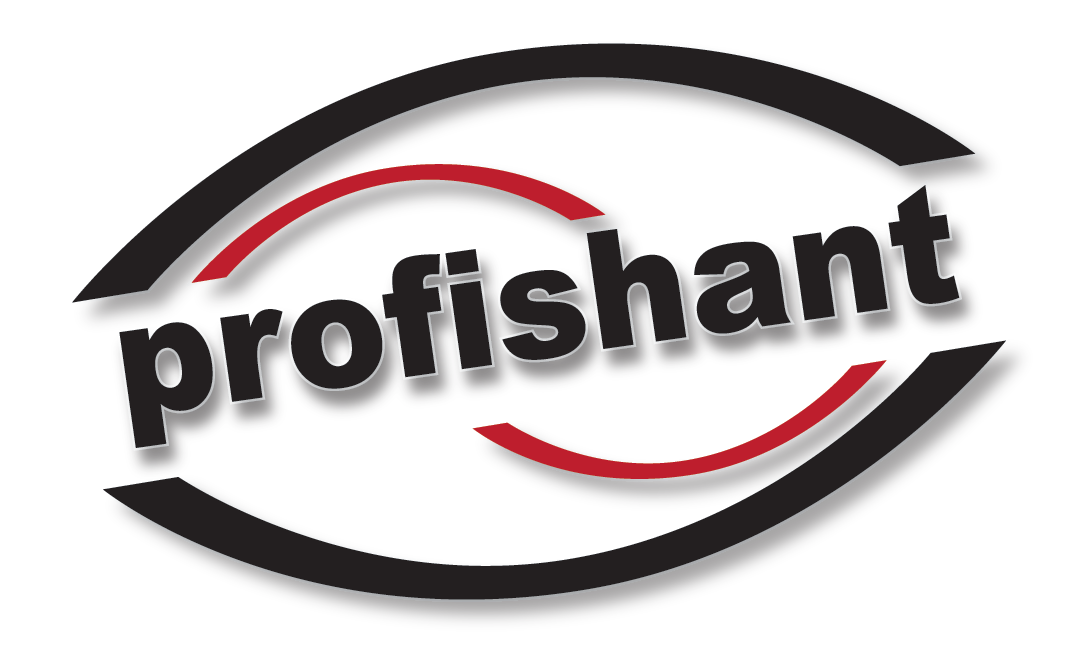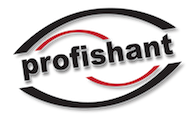Three Sanitation Blunders
Food Safety Practices
Three Sanitation Blunders
Through my many years as a Federal Seafood inspector and private consultant I’ve spent countless hours observing food processors clean and sanitize their facilities. I’d like to share with you three of the most common errors made during these activities.
Man the hoses!
How many times have you seen the cleaning crew at your facility slathering up every piece of equipment with spray foam cleaning agents? These cleaners are effective in removing residual food particles if used correctly. The problem I have with their use is, arbitrarily applying them to every surface regardless of the consequences. Once equipment has been doused with foam cleaning chemicals, it’s time to grab the water hoses and start spraying everything in sight to remove it. Most modern day food manufacturers have electronic equipment as part of their operations. You don’t have to be Albert Einstein to figure out that water and chemicals don’t interact well with these pieces of equipment. It can become quite costly when circuit boards, rubber gaskets or seals need to be repaired or replaced due to water and chemical exposure. Additionally, undisciplined sanitation crews will continue to rinse equipment until every last spec of cleaning foam is removed ultimately driving water and sewage costs through the roof and effecting your bottom line. Finally, spraying production areas with water during rinse procedures will aerialize any pathogen that may be present within your facility thus creating a larger problem than may already exist. Water is the foundational building block of life as we know it, water plus microbial exposure may lead to a major contamination issue especially for those that produce ready-to-eat products.
Cleaning Chemicals
I am a firm believer in using the right cleaning and sanitizing agents that are appropriate for a specific application. You may ask “well, how do I know what chemicals to use?” Unless you are a chemist, most likely you won’t. I would begin with two objectives. 1) Involve your current chemical provider, they bring expertise to the table that you don’t possess. Speak to them specifically about cause and effect of cleaning and sanitizing chemical exposure on sensitive equipment. Ask if there are different options available for you to choose from that may provide a less intrusive alternative. 2) Speak with several Chemical Providers that may offer options not discussed with your current provider. Chemical providers are in the business of selling their products, the problem is it may not be what is best for your facility. You should minimally be reviewing your Chemical Provider annually to ensure you are getting what you need as well as what you are paying for.
Man Power
Too often, I have seen production employees tasked with cleaning and sanitizing responsibilities after they have finished their regular duties. The cold hard facts of this practice are employees are often too tired at the end of their day to diligently clean and sanitize or lack sufficient training and supervision. Generally, having your production staff clean and sanitize will drive payroll costs up as a result of overtime rates. I believe that production employees should be assigned responsibility for policing their immediate area at day’s end, but deep cleaning should be done by designated trained sanitation staff.
Most of the information I’ve already discussed can be addressed if you have robust written cleaning/ sanitizing procedures. Defining what is to be cleaned, by whom, using specified chemicals for applicable dwell/rinse times as well as the use of proper cleaning utensils will provide the foundation for a comprehensive means to facilitate your sanitation program.
Article Written By:
David Donnelly
CFO
profishant, inc.




